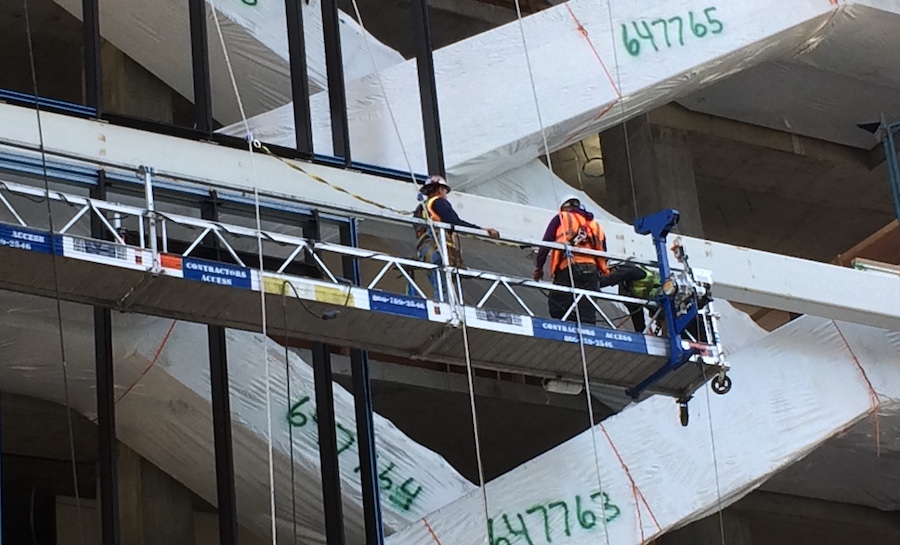Editor's note: The conference discussed in this commentary has been cancelled. The reference to the conference and link to its registration page have been deleted.
No one can say for certain if New York City’s shameful spring 2019 construction safety breakdown, when three construction workers died in a single April week, and a fourth in May, could possibly have been prevented by the practice of Prevention Through Design. That is the name for the idea and federal initiative to make workplaces safer by eliminating hazards as well as mitigating and managing them.
But if you think it is time for fresh safety ideas, in New York and everyplace else, and wonder about ways to implement them, you will be able to find those ideas at the one-day prevention through design conference September 27 at New York University’s Brooklyn building at 370 Jay Street.

In construction, prevention through design amounts to putting safety on the agenda at the earliest design planning meetings for a project, not after the contractors are hired or as construction is about to begin.
Under this approach, the project team tries to anticipate and design out the hazard in the work methods, operations, equipment and materials. The emphasis is on the workers and their behaviors and human tendencies. And on eliminating the chance that someone will make an unsafe choice involving a lapse in judgment.
The idea makes sense to me. People will make errors in judgment sometimes just because they are human. You can’t ever train enough or equip with enough protective gear to be 100% risk-free.
So when possible, designing out the hazard by envisioning all the things people will have to do to build the project, is the smartest thing to do. And while doing that, picture how all the people using what’s built could be safer.
Top engineering scholars, such as T. Michael Toole of the University of Toledo and John A. Gambatese of Oregon State, have documented prevention through design’s effectiveness as a business practice. They have even sketched out the language that could be added to AIA or Engineers Joint Contract Documents Committee standard forms to accommodate the practice.
Europe is far ahead of the U.S. in adopting prevention through design, but the practical and ethical force propelling the practice is gaining momentum in the U.S. Major construction employers, such as Skanska and Kiewit, have schooled employees in the concepts. And visits to the U.S. Labor Dept.’s NIOSH Prevention-Through-Design website are showing a dramatic increase.
The Associated General Contractors’ New York State chapter is the key sponsor, with support from AIA of New York State, The Greater New York Construction User Council and the Real Estate Board of New York.





Post a comment to this article
Report Abusive Comment